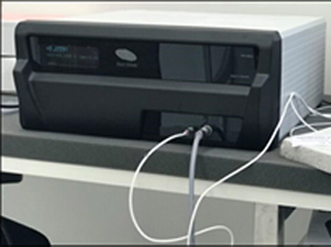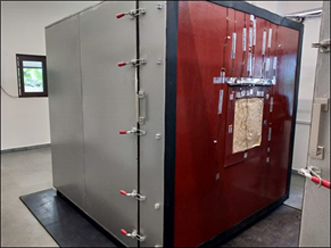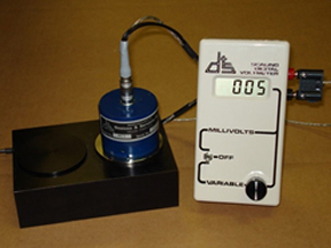Indian building codes such as the Energy Conservation Building Code (ECBC) and Eco-Niwas Samhita (ENS) are pushing forward the adoption of high performing building envelope materials. However, due to a general lack of state-of-the-art testing facilities in India for characterization of building materials, the pace of innovative & efficient construction material research, development and implementation in building construction industry is rather slow. With the testing of the thermal properties of materials in a real time environment, the MT CoE aims to improve the credibility of research findings and identify suitable solutions for the building sector. Through this work and its open access to the building community, the Centre aims to motivate manufacturers and developers to widely adopt low cost, locally available, energy efficient and environment friendly building materials, and enhance overall resilience and sustainability of the sector.
The state-of-the-art, NABL accredited, material testing facility at the MT CoE has so far tested more than 150 construction materials, including over 30 emerging building materials. In addition, the online material database tool provides tested thermal properties of traditional and innovative building materials. This will benefit the larger building professionals’ community in achieving their research and implementation goals.
Transient Plane Source (TPS) method is the most precise and convenient technique for studying thermal transport properties. It is an absolute technique, yielding information on thermal conductivity, thermal diffusivity as well as specific heat per unit volume of the material. The Hot Disk TPS 500 S Thermal Constants Analyser rapidly and accurately measures materials such as building materials, metals, powders, pastes, gels and high-viscosity liquids.

Based on the steady state method, Guarded Hot Box Equipment is used to measure the thermal performance of building materials. The equipment measures the U-value (thermal transmittance) of building materials. The U-value is critical in determining the insulation properties of the material.

The Emissometer is used to measure the emittance of opaque and highly thermally conductive materials using a portable differential thermopile Emissometer. The purpose is to provide a comparative means of quantifying the emittance of materials.
